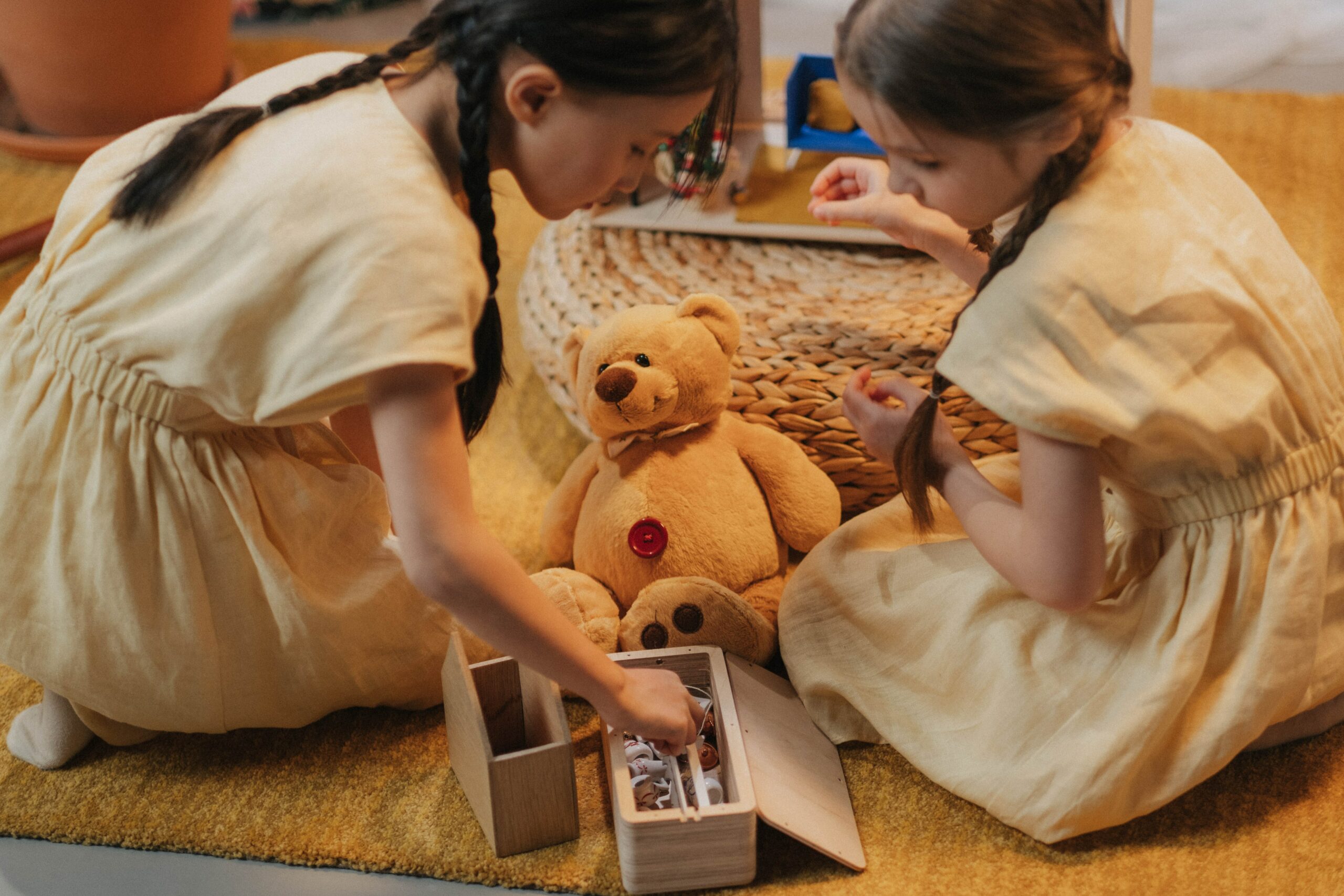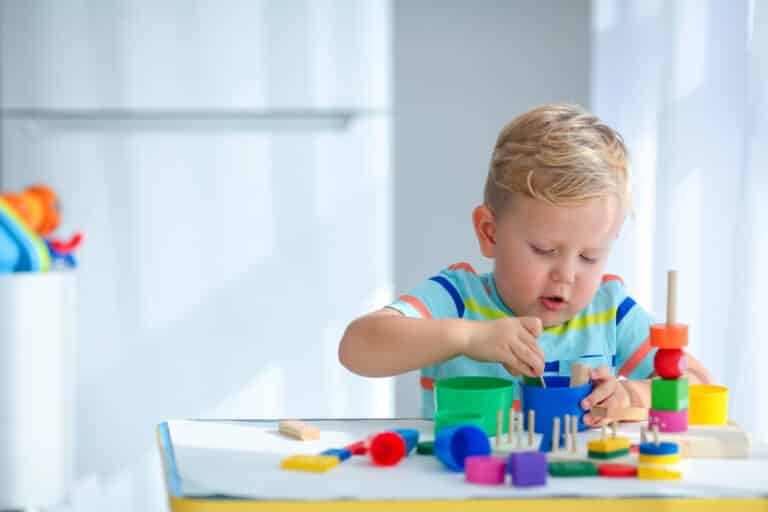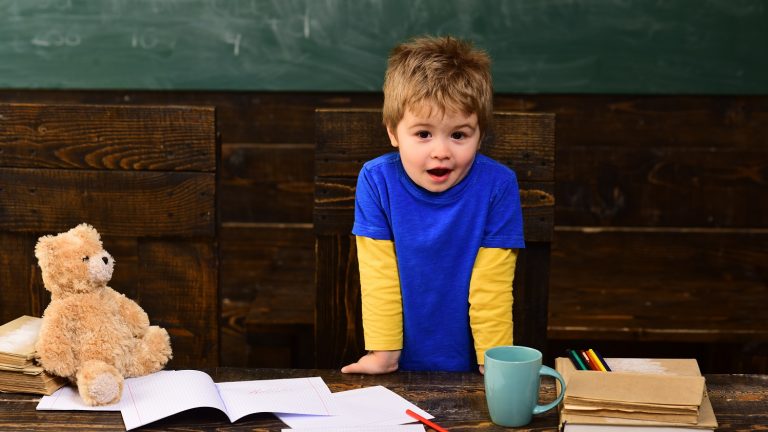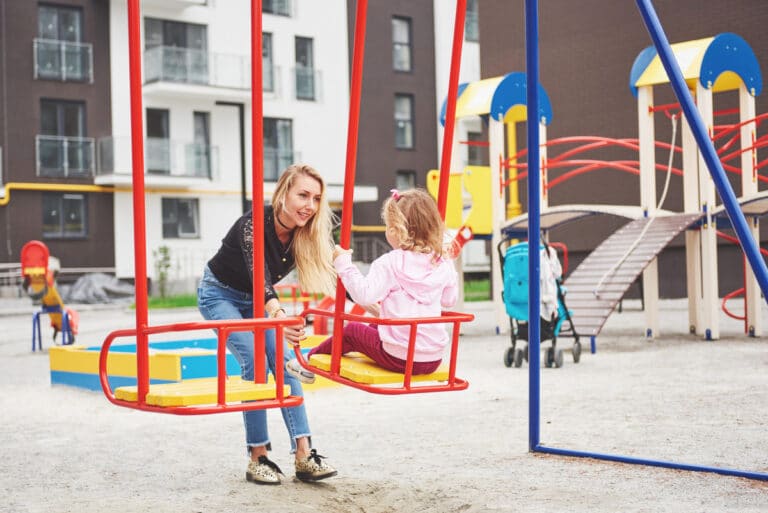As a parent, you want to provide your child with the best opportunities for development. You may wonder if there is a correlation between children’s toys and their development. Toys affect children through play, which is one of the most important ways children learn. Playing with toys provides opportunities to explore and interact with the world around them.
Children’s toys come in many different shapes, sizes, textures, materials and colors. These types of things can encourage fine motor development as well as help build hand-eye coordination. Children may learn about cause and effect through toys that light up, make sounds or play music. Imaginative play further enhances a child’s development. Toys are useful tools for social, emotional, physical and cognitive growth during childhood. In this blog post, we will discuss how different types of toys can help or how it affects a child’s development.
In This Article
How do toys affect child development?
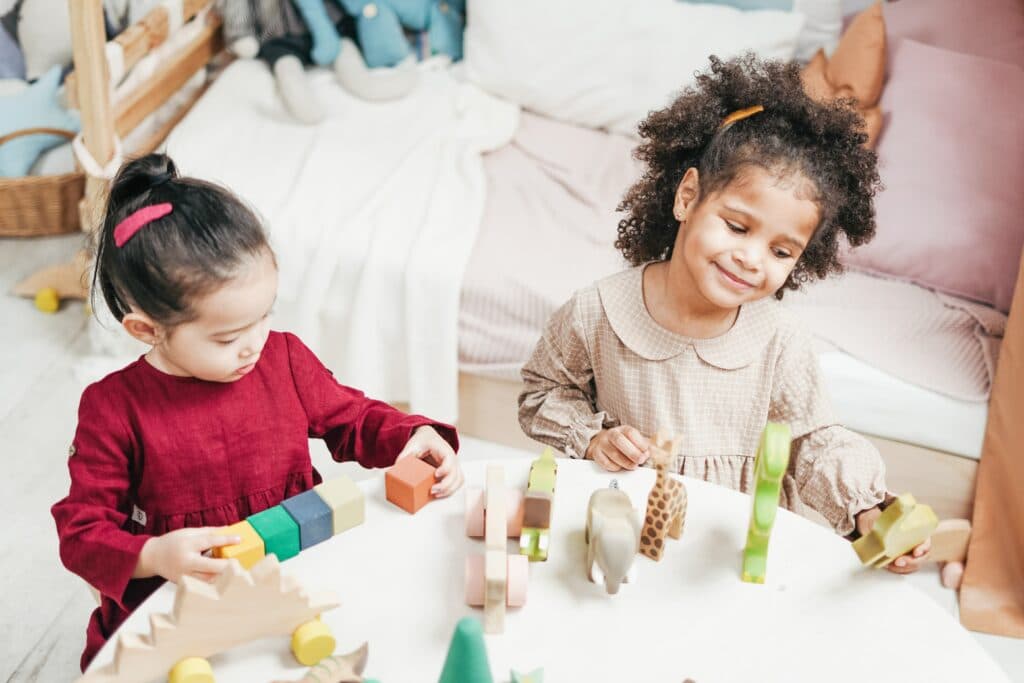
Although playing with toys appears to be a relatively frivolous activity, new research suggests there are benefits for children’s development. In one study, four-year-old children who were exposed to a variety of toys developed better communication skills than those with less access to different types of playthings. In another, more physically developed eight- and nine-year-olds performed better than less developed children on cognitive tasks.
The findings, a journal of the Association for Psychological Science, suggest that exposing young children to different toys types may be beneficial to their development by enhancing certain skills or abilities. For young children from building blocks to play-dough, the exposure may encourage better problem-solving and fine motor skills. For older children, exposure to a variety of toys that engage their growing cognitive abilities, such as puzzles and board games, could enhance abstract reasoning.
An effort to allow young children to play with a number of different toys without overburdening parents or caregivers might help improve spatial thinking. Toys affect children develop their abilities by exposing them to new experiences and different types of language. A variety of toys can help children learn more quickly and it may even prevent future problems, such as delinquency.
In addition, “toys for this age group should be durable because if a child is playing with it intensely, the toy must stand up to that,” says Elizabeth Gunderson. Some personality traits, such as extroversion, are typically well-developed by the time children reach their teen years. The rights reserved learning resources, toys and games help children to develop the skills they need in order to think critically.
How many types of toys are for a child’s development?

Though certain toys are thought to have an influence on a child, there are many toys types that are better for development than others. Toys can be divided into categories such as stuffed animals, dolls, balls/marbles, action figures/dolls, books, puzzles or games. There is not enough research to tell if one type of toy has more benefits than another. Children benefit from a variety of toys that can provide opportunities for cognitive, social, emotional, and language development. Below are some toys types that help in learning more skills and they are
1. Educational toys
Educational toys are used for improving children’s skills. Some educational toys are alphabet building blocks, flashcards, stacking toys, phonics blocks, shape sorters that help in learning. Educational toys help in improving various skills such as problem-solving skills, creativity and cognitive growth. Therefore, educational toys are very important for the development of your child.
2. Active toys
Playing with balls or action figures helps improve both gross motor skills and hand-eye coordination. This type of play involves physical exertion, but it is also very beneficial in promoting the growth of these skills. Active toys are beneficial in the fact that they allow children to develop these skills naturally through play. The AAP (American Academy of Pediatrics) recommends setting aside at least 30 minutes per day for active, unstructured play.
3. Entertainment toys
Entertainment toys are often used for children’s playtime. Examples of entertainment toys include balls, toy cars, puppets, stuffed animals, building blocks and board games. Entertainment toys help to improve motor skills. Playing with different types of balls is a great way for kids to have fun while developing their gross motor skills.
4. Weapon toys
Some toy weapons are very harmful to children. If a child uses toy weapons it can have negative effects on the child’s cognitive functions. It is advisable that you should avoid buying your child any types of weapon toys because they will not be beneficial to them in any way instead they would put them at risk, so it is better to avoid buying your child any types of weapon toys.
5. Pretend toys
Pretend toys such as dolls or action figures tend to be the most popular among children, but they are also very beneficial to a child’s growth. Some benefits include social and emotional capabilities, language and vocabulary development and physical and motor skills. Playing with dolls and stuffed animals is a way for children to express their emotions in a safe environment. They are also able to explore social situations, learn about sharing and taking turns, practice nurturing skills with the dolls.
6. Crafting toys
Crafting toys such as blocks, play dough and pegboards are very beneficial for a child’s cognitive development. They can help a child exercise their fine motor skills by allowing them to manipulate small parts with their fingers. Sometimes crafting educational toys help a child with their visual-spatial skills. To grow their creativity, children can create new shapes from the pegs and blocks. Playing with these toys can help your child think through problems and discover solutions.
Benefits of using age-appropriate toys?
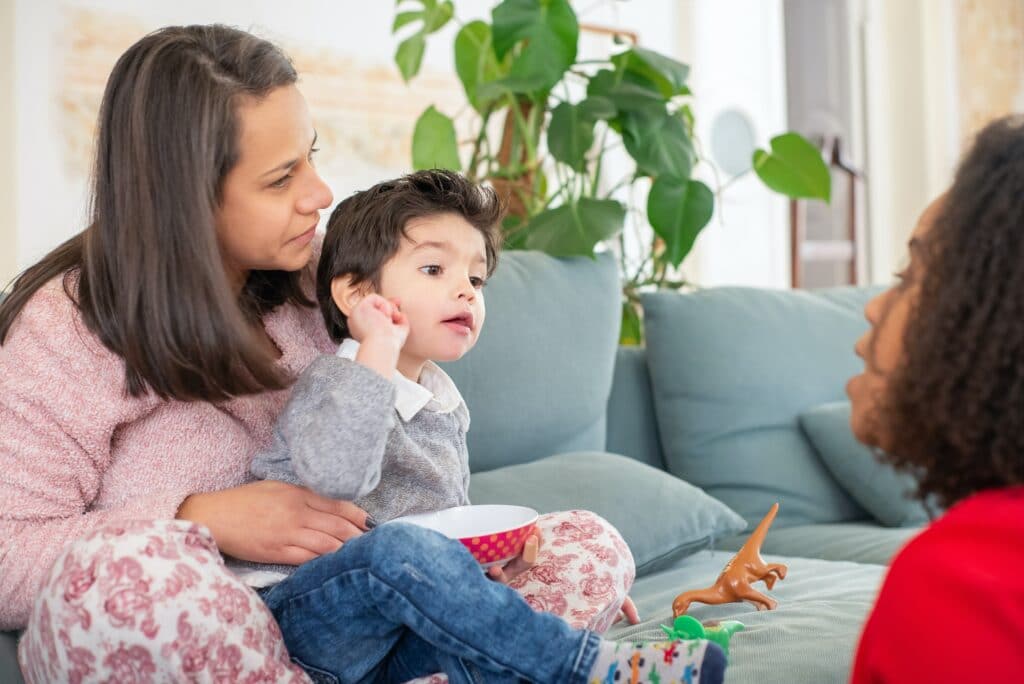
However, there are many benefits of using age-appropriate toys. Toys support the development of young children. The knowledge and skills that a child develops through play are fundamental to learning in later life. Below are some specific benefits of using the right toy for your kids and they are
1. Promote problem-solving skills
Playing is a child’s way of learning about the world. Therefore, it is important to provide children with opportunities to experiment with problems and learn new skills. Toys are one way to do this as they are an opportunity for young children to plan, carry out their plans, and see the results all of which contribute to developing problem-solving skills.
2. Promote creativity
Toys that promote creativity are those that do not always need a specific answer or solution, encouraging children to think about what they want to do with them. For example, toy bricks can be used as building blocks for constructing different shapes and structures, as vehicles for pushing around on the floor, or as containers filled with other toys.
3. Encourage learning from each other
Toys that encourage children to play with others and learn from one another include games, construction toys, dolls, puppets, and simple musical instruments. These toys help children to learn about their own abilities as well as those of others through imitation, role-playing, cooperation and social interaction.
4. Develop language and vocabulary
Language is a fundamental aspect of children’s cognitive, personal and social development. Toys that provide opportunities for language development include dolls, action figures and toy animals to talk about their feelings or needs; toy telephones and musical instruments to encourage social interaction by calling family members or playing songs together; puzzles with large pieces to encourage one-to-one correspondence and turn-taking; and picture books to encourage children to look at the pictures whilst an adult reads the story.
5. Promote physical development
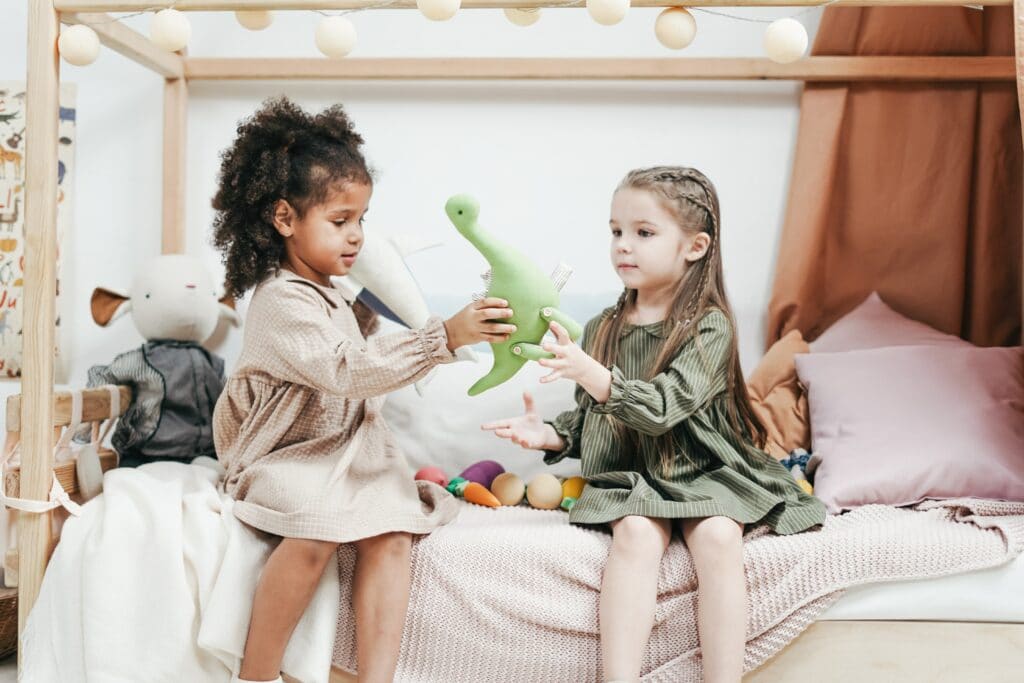
Many toys are designed specifically for developing the physical skills of young children including balls that require catching, throwing, or kicking; simple board games that encourage the movement of different body parts; and ride-on toys that require balance. As well as toys, children learn physical skills in day-to-day activities such as building with blocks; drawing; cutting, and playing with play dough.
The Conclusion
In conclusion, toys play a significant role in children’s development. Toys are not only about entertainment but they also teach kids how to behave and what is acceptable behavior. The type of toy you buy for your child will depend on their age as well as the skills that need to be developed at this age. Playing with different types of toys help develop various skillsets such as language acquisition or motor skills among others. So it’s important that parents use all available information when making purchasing decisions regarding which toy to buy for their children. We hope the above article is informative for you. Please follow us and share your experience through a comment below.

